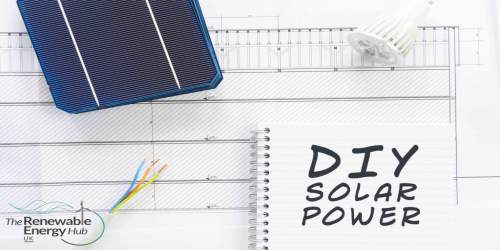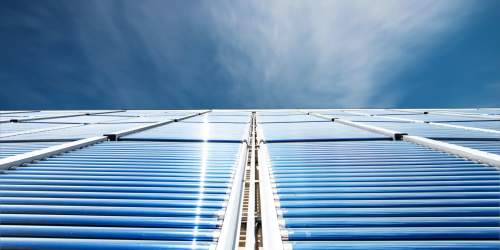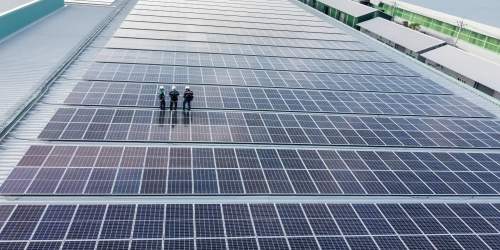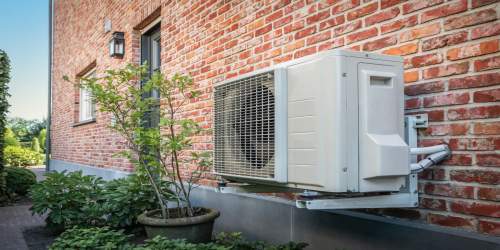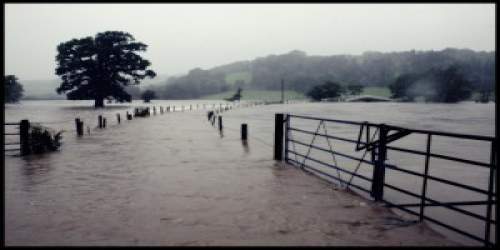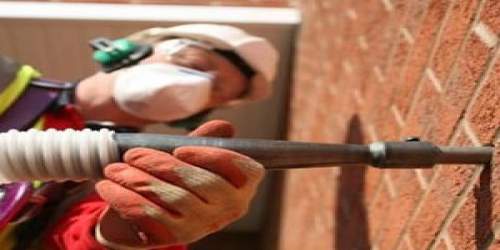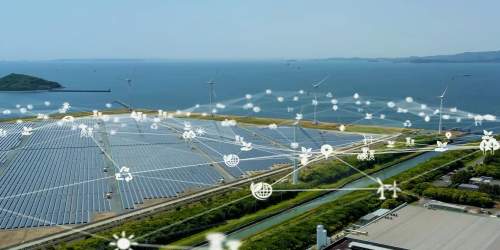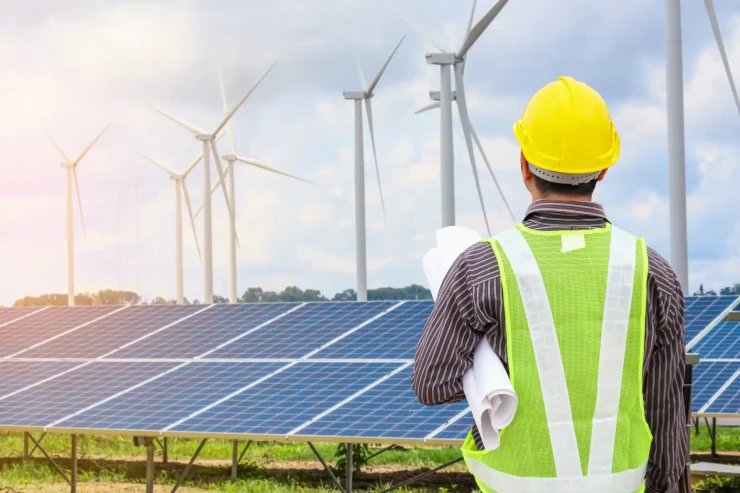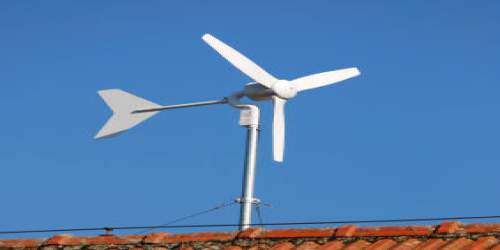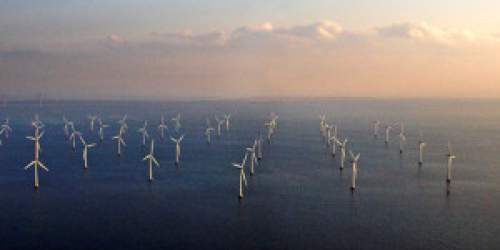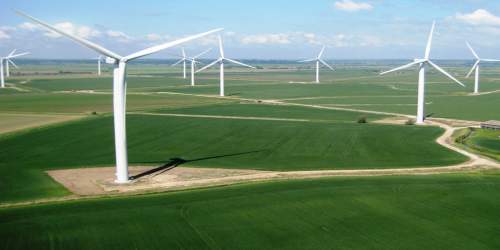Solar thermal technology is another kind of renewable energy that homeowners can take advantage of. Solar thermal differs from solar PV. It uses the sun to heat a liquid such as water that we can then use in our homes and businesses. Solar thermal panels are used to collect the sun’s rays and turns them into heat for hot water predominantly or less frequently, space heating.
The price of a solar thermal system is between £2000 and £6000 - this would be for all parts and installation. The price varies due to the different panels available and how and where it is installed on your property. Some are cheaper, some are more expensive based on quality and efficiency.
Depending on your water demand you may need a bigger or smaller system which can also impact the cost of your heating system. There is potential saving to be made by having a system installed, the major saving being of your energy bills. Like most renewables, there is money to be saved on gas and electricity, amongst others. It is estimated that if you replace your gas-powered hot water, you could save over £60 a year and generate even more environmental benefits!
The RHI or ‘Renewable Heat Incentive’ still applies and can be claimed for solar thermal projects. If you replace or have this renewable source in addition to your existing heating system, you will then receive a payment from this scheme for the amount of heat produced by the system used to heat water for your home.
The payments are made for 7 years which offers a great financial benefit. There are both domestic and non-domestic (commercial or business) payments. To calculate how much you will receive you should multiply your proposed systems kwh figure by the solar thermal tariff available at the time. Visit Ofgem website for current tariffs and further details.
COMPARE PRICES FROM LOCAL INSTALLERS
Compare prices from local companies fast & free
Enter your postcode to compare quotes from leading professionals. We promise to keep your information Safe & Secure. Privacy Policy
Advantages
Lower bills: solar thermal can reduce your high energy costs. No fossil fuels are needed, and the price of fossil fuels is high! Think of all the free energy you can collect from the sun. Also, RHI payments mean you make money on the heat you produce.
Renewable: The sun won’t run out in our lifetime, meaning the power we collect from it is renewable and sustainable. Solar thermal energy can be used as long as we have the sun and you don’t have to pay a penny to use it!
Reduce carbon footprint: by using solar you will be reducing your carbon footprint as well as helping towards the whole of the UK. Every little project makes a difference when it comes to global warming. Solar thermal is kind on our environment and doesn’t produce any pollutants.
Disadvantages
Can be inconsistent: solar thermal power does rely heavily on the sun, so there is the possibility of not producing enough energy to meet your need if the weather is bad or particularly cloudy.
Storage: while storage technology is growing and becoming more of a reality there aren’t a lot of options out there yet, so storage can be one problem for solar power. Water storage is also tricky as it is hard to keep water warm for long periods of time.
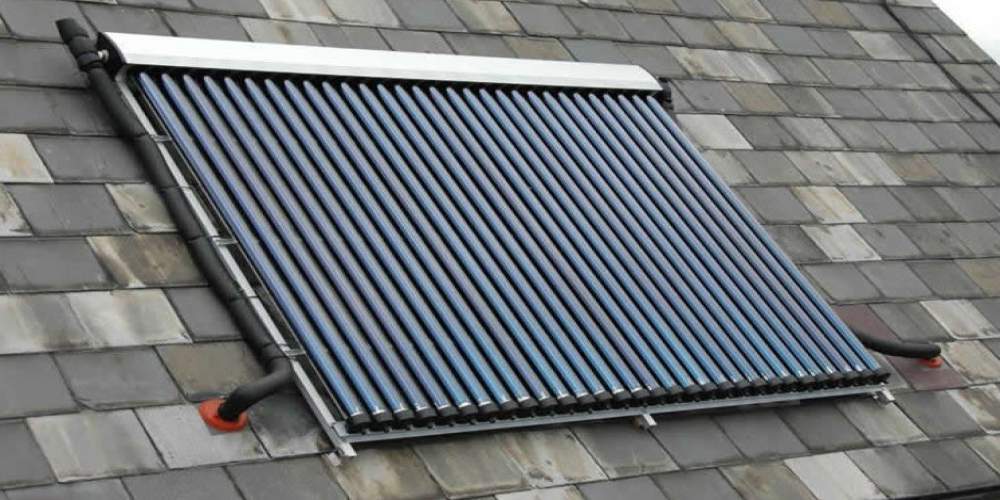
The parts in a solar thermal system
What makes up the solar thermal systems? Firstly, and probably the most important part is the solar collectors. The tube collectors are glass pipes coated in a special material, which is used to collect the sun’s energy.
The pipes use a special type of antifreeze which isn’t considered harmful to the environment. There are also flat plate collectors which are thin flat boxes with small tubes filled with liquid, sometimes again with antifreeze. The box faces the sun to collect the energy and looks a little like PV panels.
The system will also contain a heat exchanger to transfer the heat, and a storage tank. The water tank has the job of holding the water. Lastly there is a thermal controller which allows the system to be monitored and controlled. There are variations with different systems and different collectors and tanks which can be used depending on your need.
Some of the popular ones are:
Evacuated tube solar thermal system: this is the most efficient system at 70% efficiency.
Flat plate solar thermal system: very commonly used, slightly less efficient but also cheaper.
Thermodynamic panels: these are a relatively new technology and work slightly differently to the others, effectively these are heat pumps but in flat panel form.
For more info on these panels click here
The suitability of your house depends on which way it faces and where you are located, as well as things such as shading. You roof will be most suited to solar if it is facing south, however, they can still work but may be less efficient if facing a different direction. It is also important to make sure your roof is unshaded by tall trees or building etc.
Check your suitability here
Installing a solar thermal system
It is wise before you go ahead to get quotes from at least 3 installers. They should have an MCS certificate and will be able to tell you about the suitability of your roof, how much it will cost and what kind of system you might need. If you decide to go ahead the installer you choose will need to fit the system to your roof. Brackets are used to attach the collectors. The evacuated tube system will be attached to the brackets on your roof - these will be connected last. A new dual coil water cylinder pump and control system can then be installed along with a hot water tank to store the heat. The system will then need plumbing and electrics before being usable. For a full walk through of the installation visit our installation walk through page here.
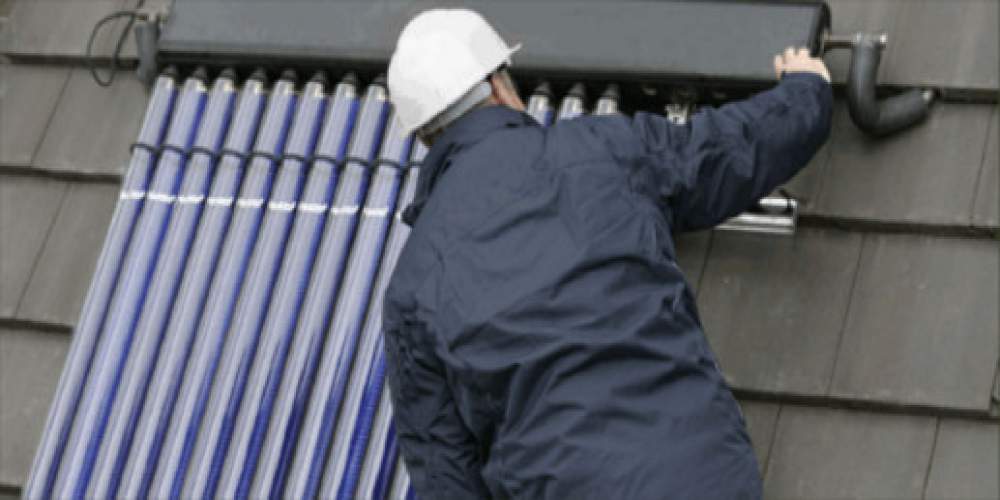
Solar thermal for swimming pools
One of the most effective ways to use solar thermal is for swimming pools. It is ideal for the job as it is efficient and vastly cheaper than heating it any other way. 80% of the heating of your pool could be provided by a solar thermal system saving you money. Solar thermal is very efficient for outdoor pools that are used during the summer, however they are not covered by the RHI which is only for indoor pools.
The heat from the collectors heat the pool using a heat exchanger. There are a few different option to explore explained here.
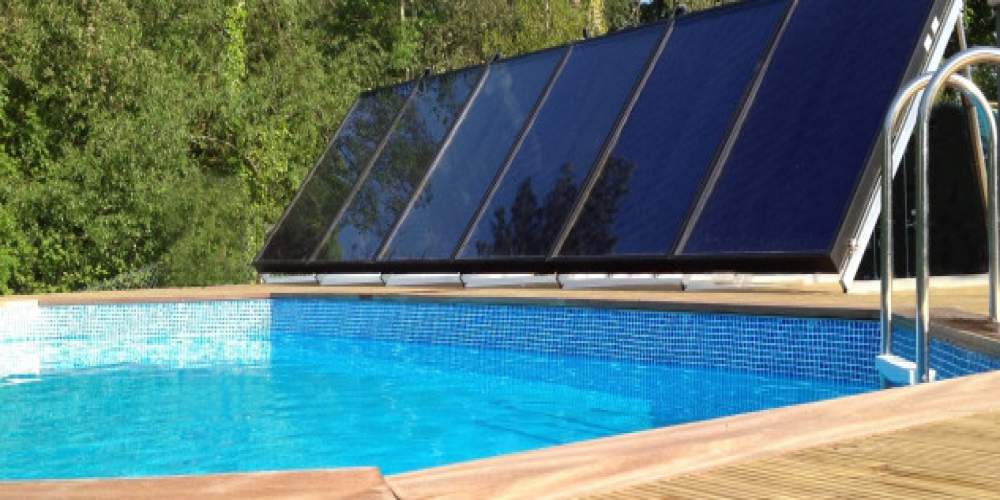
Life expectancy and maintenance
The solar thermal systems have a very good lifespan. As much as 20/30 years is possible as they have very few parts that actually move. The parts used are hard wearing and whilst they do require some maintenance the warranty should last up to 5 years, for the collector, it should be 10. There are yearly checks necessary to maintain efficiency but if the system has been installed correctly you shouldn’t have too many problems. It is best to ask installers what their prices are for servicing and maintenance.
Will solar thermal provide all of your hot water?
This depends on a few factors, but generally most systems can provide up to 60% of hot water need. This is predominantly during the summer months when there is most sunlight and depending on how much hot water is needed, the system should be able to provide enough to cover your hot water usage. However, in the winter more back up heating will need to be used. You will need roughly 1 square meter of panels per person to produce enough energy for water consumption, and a big enough water tank to store the hot water you need.
Solar thermal is great option for lots of homes, and other uses such as swimming pools. If your home meets the criteria and the panels can meet the needs of your household or business, then they can save you cash and cut your carbon footprint drastically! Always get 3 good quotes from reputable installers before going ahead, we can help you on your solar journey at the renewable energy hub.
[findinstaller]
Click here to get a no obligation free quote or advice for your property from a reliable local installer to you today.



